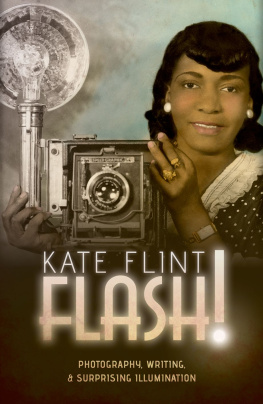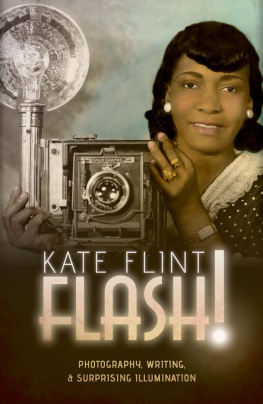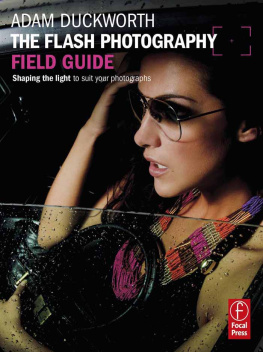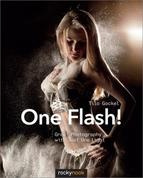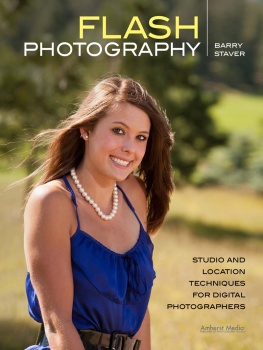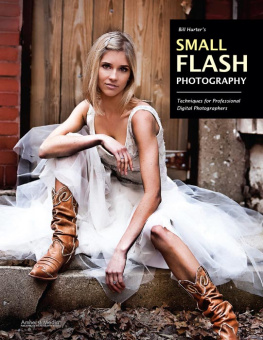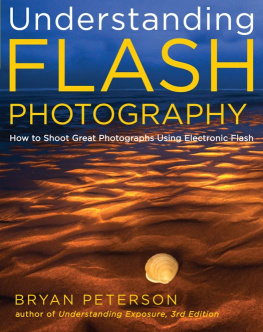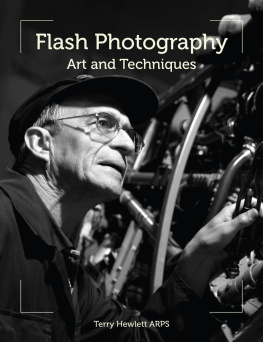Flash!

Great Clarendon Street, Oxford, OX2 6DP, United Kingdom
Oxford University Press is a department of the University of Oxford. It furthers the Universitys objective of excellence in research, scholarship, and education by publishing worldwide. Oxford is a registered trade mark of Oxford University Press in the UK and in certain other countries
Kate Flint 2017
The moral rights of the author have been asserted
First Edition published in 2017
Impression: 1
All rights reserved. No part of this publication may be reproduced, stored in a retrieval system, or transmitted, in any form or by any means, without the prior permission in writing of Oxford University Press, or as expressly permitted by law, by licence or under terms agreed with the appropriate reprographics rights organization. Enquiries concerning reproduction outside the scope of the above should be sent to the Rights Department, Oxford University Press, at the address above
You must not circulate this work in any other form and you must impose this same condition on any acquirer
Published in the United States of America by Oxford University Press 198 Madison Avenue, New York, NY 10016, United States of America
British Library Cataloguing in Publication Data
Data available
Library of Congress Control Number: 2017940297
ISBN 9780198808268
ebook ISBN 9780192540690
Printed and bound by CPI Group (UK) Ltd, Croydon, cr0 4yy
Links to third party websites are provided by Oxford in good faith and for information only. Oxford disclaims any responsibility for the materials contained in any third party website referenced in this work.
Lightning symbol: kulyk/Shutterstock
To my parents,
Joy and Ray Flint
Acknowledgements
The inspiration for this book came to mehow else?in a flash. Miles Orvell extended an invitation to me, asking me if Id be interested in participating in an interdisciplinary colloquium at Temple University on the topic of Reproduction. Specifically, he suggested that I speak on Light. My co-panelist was to be Chris Otter; our respondent Alan Trachtenberg. It was not an invitation that I would have dreamed of turning down, and during the summer of 2006, I chased around various topics in my head. And then, standing one evening at our back door in New Mexico, looking out at a spectacular thunderstorm on the Cerrillos Hills, and tryingwith various degrees of successto photograph it, I started to wonder what connections one might make between flashes of lightning and flash photography. From there, it was an easy jump to start thinking about the history of flash photography itself, and its relationship to the broader cultural histories of photography.
For some time before that, Id been thinking, and teaching, about the relationship between photography and writing. Id been considering the presence of photographs and photographers within literature, and the parallels and differences between telling narratives in photographs and in words. I had started to explore the ekphrastic aspects of photographythe language of its practice, and the forms used to describe and discuss its images. Asking what was distinct about flash photography and its accompanying verbal rhetoric breathed new life into this project, and although I put it to one side for a while to focus on completing other things, I owe a huge debt to Miles for this invitation, and to Chris and Alan for their generous, provocative comments and questions during the colloquium and the dinner that followed. I should note, incidentally, that as a photographer Ive never been enamoured of flash photography itself, but the research that this book has entailed, and the countless flash photographs that Ive examined, have given me a huge respect for its many possibilities.
My gratitude to many other people and institutions is deep and heartfelt. The project was completed thanks to a Fellowship from the American Council of Learned Societies, a Fellowship from the National Humanities Center (NHC), a Fellowship at the Georgia OKeeffe Museum Research Center in Santa Fe, and a semesters sabbatical leave from the University of Southern California (USC). At the NHC, I benefited from the indefatigable work of the extraordinary librariansBrooke Andrade, Sarah Harris, and Sam Schuthwho truly managed to achieve the impossibleas well as from the leadership of Robert Newman, the help of all the staff, and the stimulating company of my fellow Fellows. At the OKeeffe Center, special thanks to Eumie Stroukoff, and to all who made me so comfortable and welcome. Again, my fellow Fellows asked great, provocative questions that helped to shape my argument as it moved into its very final stages. Benefiting from these fellowshipsand much more besideswould not have been possible without the support of many at USC, and I especially thank Provost Michael Quick, Dean Steve Kay, Acting Dean Dani Byrd, Vice-Dean Peter Mancall, and my wonderful department chairs, Amy Ogata (in Art History) and David St John (in English). USC doesnt just pay lip service to supporting interdisciplinary study, it facilitates it in many practical and supportive ways. I deeply regret that Beth Garrett, former USC Provost, didnt live to see this book. The early work for it was carried out whilst I was still teaching at Rutgers University, and Im grateful to the institutional support offered by Dean Douglas Greenberg and Dean of Humanities Ann Fabian (who asked the best kind of searching questions), and to my Chair, Carolyn Williams (whos been an enthusiastic cheerleader for this book all along). Librarians and staff at the British Library, the George Eastman House, the Getty Research Institute, the Huntington Library, the Schlesinger Library, Radcliffe Institute, Harvard University, and the USC have uniformly been helpful and resourceful. In the final stages of picture research, Ive been helped by the staff of numerous galleries and museums, and by the kindness of individual artists. Id like to offer a special thanks to Malcolm Collier for sharing memories of his fathers working practices.
Flash!or at least, many parts of ithas been aired and interrogated in many venues over the past few years. At Rutgers, members of the British Studies Center offered some acute and helpful criticism in the books raw stagesSeth Koven was especially influential there. At USC, Ive gained a great deal from sharing it publically with members of the English DepartmentJack Halberstam formulated a question about race that proved especially fruitfuland with people in Art History and the Visual Studies Research Institute. Vanessa Schwartzs invitation to workshop a chapter with her seminar on News Pictures provided me with some terrific feedback, and her input has also been invaluable on other issues. Jennifer Greenhill and Megan Luke have been particularly engaged with some of the areas that I discuss, and their comments have helped me clarify certain ideas. My thanks to Jenny for her thoughts about Gordon Parks, in particular.
Further afield, I have given papers about flash photography at several conferences held by the North American Victorian Studies Association, the Modern Languages Association, and the College Art Association. Invitations to speak camein roughly chronological orderfrom the Institute of English Studies, London; the Bread Loaf School of English; the University of New Mexico; the University of Virginia; the University of York Centre for Modern Studies; the University of Minnesota-Morris; Texas Christian University; Goldsmiths College, London; Rice University; the Museum of Contemporary Art, Los Angeles; the North American Studies in Romanticism Annual Conference; Brigham Young University; the Birkbeck Centre for the History and Theory of Photography, University of London; George Washington University; the Rethinking Early Photography Conference held in Lincoln, UK; University of North Carolina; Duke University; the University of New Mexico Art Museum; and the Georgia OKeeffe Research Center. These were wonderful, responsive audiences who came up with provocative points that never failed to help me sharpen my argument. For their conversation, hospitality, and kindnesses on these occasions, Id especially like to mention Jesse Aleman, Alison Booth, Owen Clayton, David Peters Corbett, Hilary Fraser, Jennifer Green-Lewis, Jamie Horrocks, Linda Hughes, Isobel Hurst, Lynda Nead, Bob Patten, and Dan Sherman.

